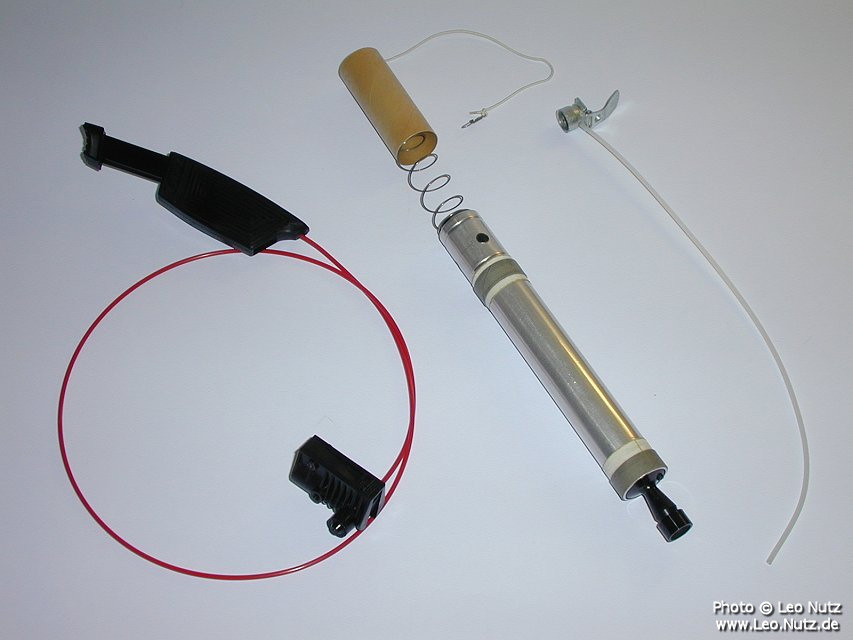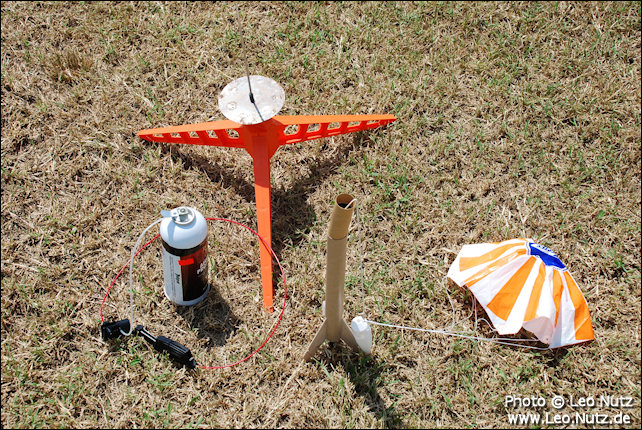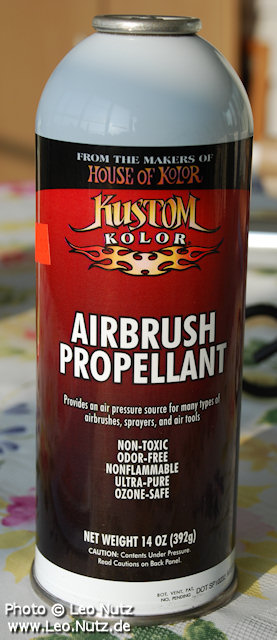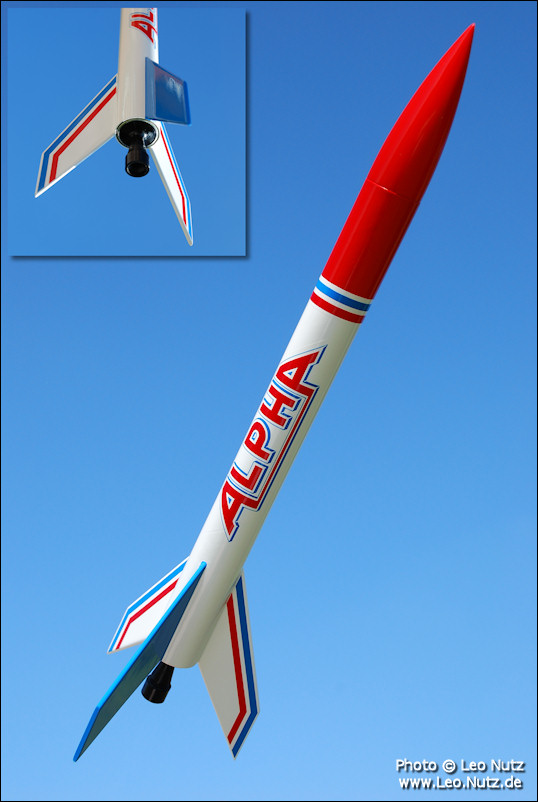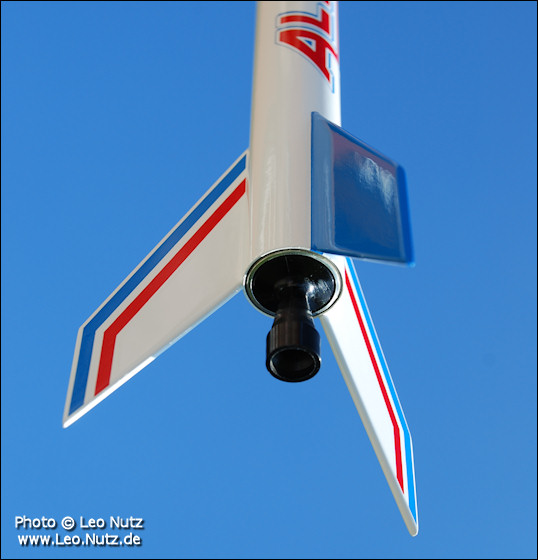We've been having some discussion about this over on RP, and a very helpful tip came up... here's a quote from Luke Strawwalker:
...because of the way the cold power motos operate, they don't have a 'given' thrust-time curve... it varies with the ambient conditions like the temperature and elevation, and the temperature of the fuel and fuel tank. It's basically an endothermic reaction in which once the plug in the base of the engine is removed, the 'head pressure' is removed the fuel begins to vigorously boil inside the tank, raising the head pressure. Because the plug is gone, the head pressure squirts fuel out of the nozzle, which then is exposed to the 'low' ambient air pressure and boils away rapidly into vapor, creating the thrust 'reaction'. As the escaping liquid lowers the fuel level in the tank, it lowers the 'head pressure' of the vapor at the front end of the tank, which causes more fuel to boil off to raise the pressure. This continues uninterrupted until the fuel is expended. As you can see, the only heat available to boil the fuel is that present in the fuel and tank structure at the point the plug is removed, as this boiloff occurs too quickly for any appreciable heat to soak into the fuel or tankage during the thrust phase. Therefore, the higher the initial temperature of the fuel and tankage, the more energy available for boiling the propellant and therefore the higher the specific impulse. As the temperature decreases toward the boiling point of the propellant, (-29.8 deg. C) the fuel boils less and less vigorously and therefore delivers less thrust. At -29.8 C the fuel wouldn't boil at all, and would just dribble pathetically out of the nozzle of the motor when the plug was removed! So, any thrust/time curve would be highly influenced by the ambient conditions under which the test was done, and might not be particularly accurate under other various conditions. These motors were best described by their 'approximate thrust' as being broadly similar in performance to "A" or "B" motors depending on the motor in question. (See the Vashon and old Estes catalogs for more info on the ninfinger site for more info).
It's kinda interesting in that if you can modify the conditions under which you launch these motors, you can get more or less performance out of them using an identical amount of fuel. As previously stated, launching on the hottest day you can with warm propellant results in better performance than launching on cooler days. Letting the tank warm up after fuelling should help as well (since the propellant has to be transferred from the can thru a hose and into the rocket fuel tank by venting gas head pressure from the tank, some fuel boils during this process which cools the motor and propellant, reducing latent heat available to boil the fuel during the thrust phase). Launching at higher altitudes (and therefore lower ambient atmospheric pressures) should help as well, so long as temperatures aren't too much lower (which would offset this effect). Also, these motors were designed for (at the time) cheap, readily available Freon R-12 to be used as a propellant-- which is no longer available except to licensed refrigeration techs (if at all IIRC) and is illegal to vent to the atmosphere per federal law. Airbrush propellants or other propellant refrigerant gases may have different chemical properties (the most important being it's boiling point and vapor pressure) and therefore result in higher or lower performance. You'd have to check and compare the properties of your selected propellant to estimate performance changes (or do the math if you're a chemistry whiz) Generally speaking, a propellant with a lower boiling point or higher vapor pressure should give more performance under given conditions than propellants with higher boiling points and lower vapor pressures. Some of these effects on performance may be subtle and others more noticeable.
As for NFPA regs, since there is no combustion involved, these motors do not fall under the model rocket regulations regarding transport or use, though one should be aware of some 'special precautions' regarding cold propellant models, which were printed in the sixth edition of G. Harry Stine's "Handbook of Model Rocketry" which a lot of libraries have (I wore out our high school's copy so I bought it). Be aware that the vapor/liquid released from the nozzle is VERY COLD and can cause frostbite if considerable liquid propellant is sprayed directly on bare skin, as it will boil away taking the body heat with it. Eye protection is probably a good idea, because you wouldn't want freezing liquid sprayed in your eyes if the rocket took off a little waywardly.
The rest is in Stine's book, among other sources (ninfinger site). IIRC Vashon's original motivation for building cold power rockets was so they could be flown by folks where the local regulations still forbade black powder model rocket motors as 'fireworks'. I can't see how any gov't entity can realistically hope to restrict water rockets, unless they are being operated on public property.
We did a series of launches at the August MDRA launch this past weekend. I used the method of spray painting the fuel can flat black and leaving it in the sun as suggested here. The results were unexpected- in fact it caugh me way off guard.
On the first shot, we did not even bother to make a PA announcementto get the crowd to look- because I said this would be just a little ol' cold power launch. Neil stood there with his camera poised as I fueled and gave a quick count- then punched the plunger expecting "sort of "A" engine performance." That ain't what happened! Instead- the rocket scooted clean out of sight and left the two of us looking all around trying to find it. For a long time it was just gone- then, I think it was Dick Stafford, shouted from the crowd "There it is" pointing way out in the field as the rocket was descending under chute. It flew a lot more like a high "B" than a low "A" all day. We had one pad abort when a fueling hose came loose and the rocket dumped fuel and we had the final flight with a partial fuel load (the last of what was in the can).
I'd advise that if anyone reading this ever flies one of these- NEVER launch on anything other than a FULL fuel load. The partial load caused an early ejection and the speed was still so great that the chute pulled the spring and caused it to deform. I'll repair it, but rather than risk that, I'll not fly on a partial load again- I'll just pad abort and dump the fuel.
The bottom line is that the painted black can works GREAT and flying on warm days works better too. I would say that the performance was about double that of flying in the spring and fall weather. The chemistry outlined in this thread is good science and the predicted results may actually be understated.
BTW- as a side note, when I ran out of fuel, I did not have another can. I did, however, have an original can of the Estes Freon. So... I decided, as a person who made a career out of burning fossils to make noise while ripping across the upper atmosphere, I'd go ahead and put a hole in the ozone layer and shoot the next launch with the freon from 1972. I went to fuel the tank and, although the can sloshed as if it was full... it had less than a squirt in it... danged environmentalists... got into my launch box when I wasn't looking. Either that or it all leached out of the can over 30 odd years.
